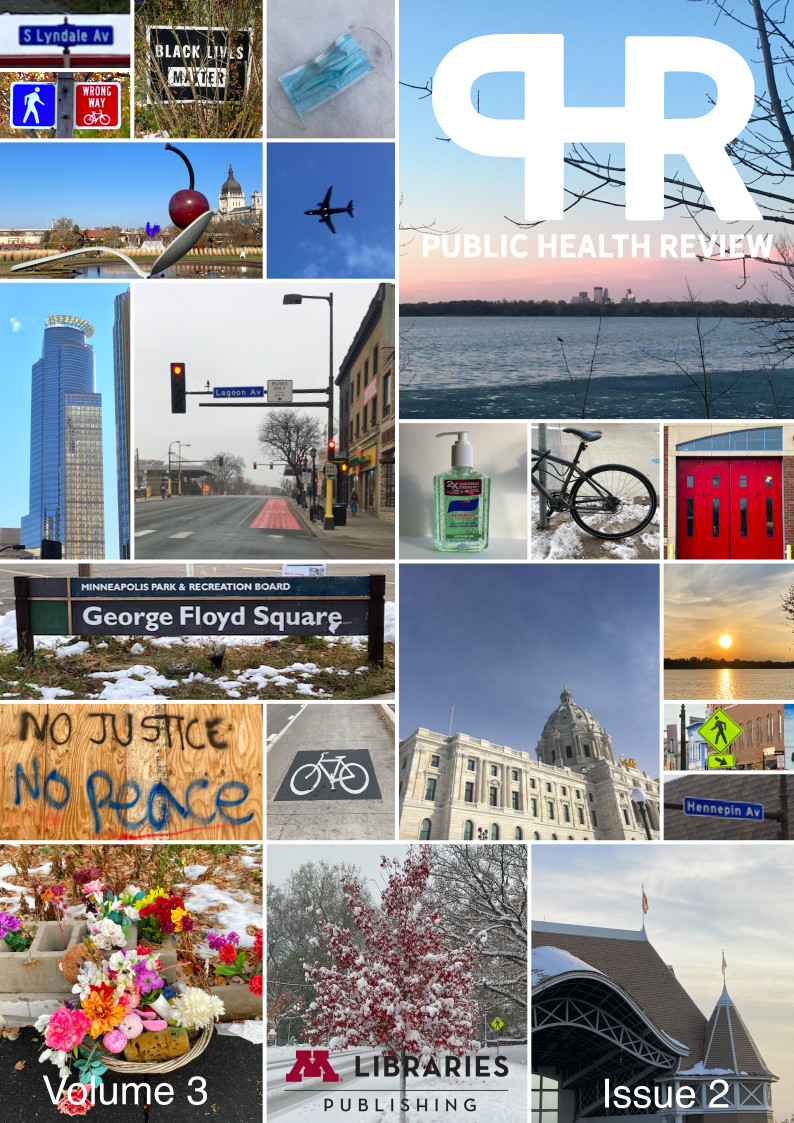Pilot Study of a Gender and Sexual Minority Patient Sensitivity Curriculum for Prehospital Emergency Medical Technician Students
Olivia Sullivan
Division of Epidemiology and Community Health, School of Public Health, University of Minnesota, Minneapolis, MN
Abstract
Many gender or sexual minority (GSM) patients avoid preventative healthcare due to fear or previous experience of discrimination, harassment, and harm from medical providers. This may lead to a higher proportion of GSM patients utilizing emergency medical services, which means that providing high—quality patient care in this arena is especially crucial. While GSM patient sensitivity training for medical providers has had a positive effect on patient care in in— hospital emergency settings, research on similar training in prehospital emergency settings is lacking. Using a pre— /post—test design, this pilot study aimed to explore the potential feasibility and acceptability of a short training video on GSM patient care for Emergency Medical Technician (EMT) students in a hospital—based emergency medical services (EMS) course in Minnesota. Five out of thirteen (38.5%) students enrolled in the course completed the study. Three dimensions of comfortability working with GSM patients, and five dimensions of competency working with GSM patients, were addressed in the video and targeted in the pre— and post—tests. Results, while limited, indicate a high degree of existing comfortability working with GSM patients in a prehospital emergency setting. Additionally, competency working with GSM patients improved for all students between the pre— and post— tests. Students were most interested in learning about specific risk factors and health care needs of GSM patients and transgender health in future GSM patient sensitivity training. Limitations of this study include a small convenience sample, with high potential for bias as well as limited power and generalizability. However, the results of this pilot study may serve as a foundation for future research in this area.



